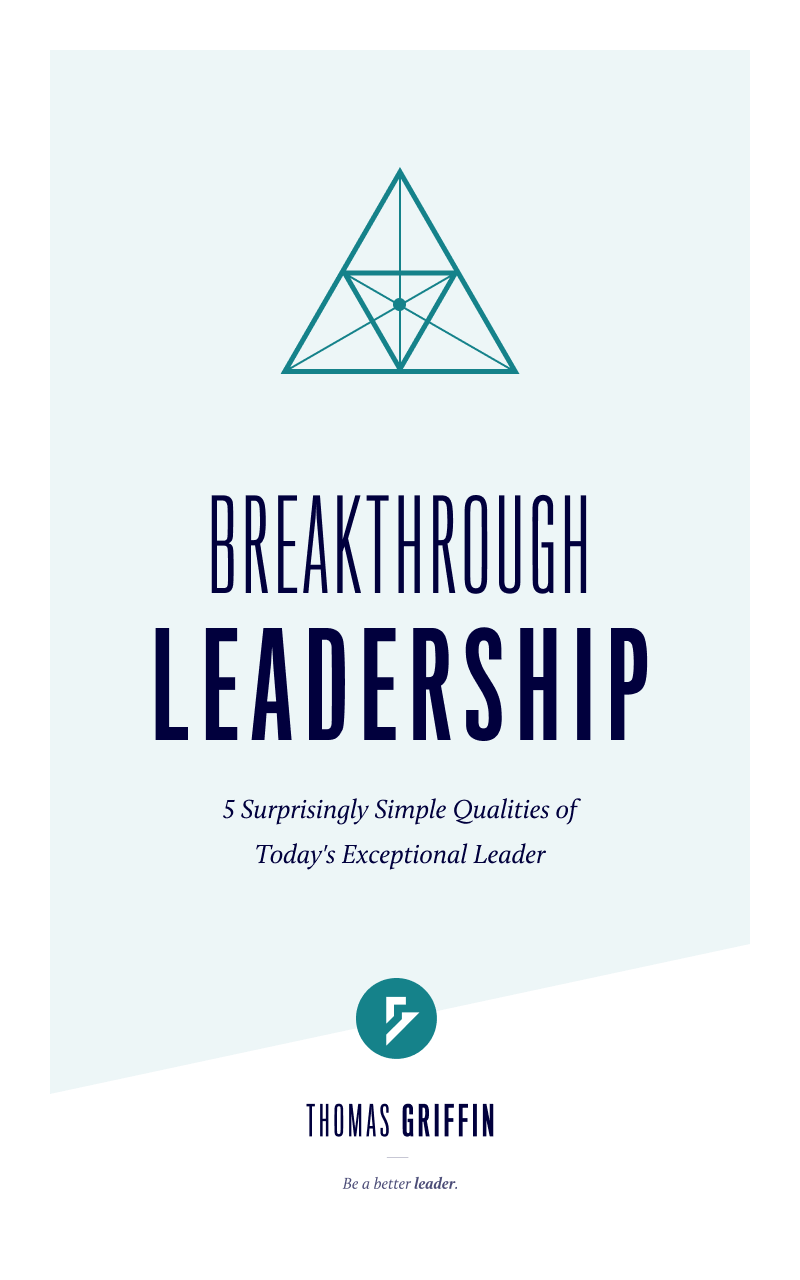Mission 101 Series
This article is part of a series titled “Mission 101”. Sign up here to receive the rest of the articles in this series. You’ll also subscribe to my newsletter called The Better Leader Newsletter. It’s filled with leadership insights, must-read articles and other high-quality, engaging content designed to help you flourish as a leader.
Writing your mission statement is one of the most important things you can do for your organization.
And today, we are going to learn how to write a mission statement and make it compelling.
If you haven’t read the rest of the articles in this series, I encourage you to do so now. We explore the reasons why mission statements are meant to inspire, what a mission statement actually is, the difference between mission vs. vision statements and mission statement examples from world-class organizations.
Free Mission Statement Template
As I promised in the previous articles in this series, I have included a helpful mission statement template for free.
It’s designed to help you think critically about your mission statement and ultimately write one that is compelling.
I encourage you to download it now because I will be referencing it numerous times in the rest of the article.
Mission Statement Pro Tips
In my own experience writing and helping others write their mission statements, I have discovered some pro tips that are immensely helpful to the process.
- Play ambient music with no words. Classical piano is great, or something like Brain.fm and their focus track is excellent as well. Ambient music sparks focus and creativity – key ingredients to writing compelling mission statements.
- Beliefs and values impact your mission statement. Your mission statement completes the WHY of your beliefs and values. The downloadable template has a section for you to write those beliefs and values down. You should do this before you begin writing your mission statement.
- Keep it short and simple. The last thing you want to do is rob your mission statement of its impact by being verbose. Say more with less. I encourage you to cap your mission statement at 20 words. Boundaries enforce creativity and maximize impact.
- Set time limits on writing. Time boundaries give you a chance to evaluate your progress, think about what you have written, and develop a clearer vision of how your mission statement should be communicated. Cap each session to 1 hour to avoid creative block and group think (if doing it in groups).
- Write first, then speak out loud. Writing gives clarity, but speaking gives impact. You simply cannot do one without the other during this exercise. Jot down all of your ideas, then say them out loud. As you do, you will gain clarity on what sticks and what doesn’t.
- Difficulty is no reason to despair. Writing mission statements is hard work. In most cases where I have been involved, they have been formulated over a period of weeks or months. With so much on the line, you want to get it right, so don’t stress if you don’t complete it on Day One.
- Ask for help and advice. You’d be surprised how speaking with someone who has “no dog in your fight” can bring so much clarity and value. Their objective questions and opinions are typically out-of-the-box and help you approach the mission statement from different angles.
Key Questions to Consider
Remember, mission statements complete the WHY of your beliefs and values. Here are some key questions to consider in the process of learning how to write a mission statement (and make it compelling):
- What beliefs do I hold to be true? You have some fundamental beliefs about the world and your place in it. Those beliefs then filter your view on life and work. What are they? Here are 3 of my core beliefs. They may help you identify your own.
- I believe the best of you is ahead of you.
- I believe you are capable of far more than you realize.
- I believe you get better when we do things together.
- What things do I truly value? For some of you, you value integrity above all else. For others, it is duty and responsibility. And for some, it is hard work. Here are 3 of my own values to give you some examples:
- Always helpful.
- Authentic connection.
- Clarity and simplicity.
- Why does my organization exist? This question can be hard to answer. It’s likely a combination of your beliefs and values; you just may not realize it. Take your time, jot down some ideas and labor to get clarity. If it’s for something self-gratifying like to make you money, bring you status or give you power, you should stop this exercise now and deeply consider your work. Those are secondary benefits, not primary motivators.
- What action word is best for my organization? My own personal action word is help. For my company Awesome Motive, it is empower. For Tesla, it is accelerate. For Chick-fil-A, it is glorify. Your mission statement inspires people to action, and you get the privilege of defining that word.
- How do I want my mission statement to be perceived? When you write down your mission statement, tell it to a small group who can give you objective, candid feedback. It needs to resonate with people inside and outside of your organization. Plus, it assists you in avoiding tunnel vision and navel gazing.
- How will I communicate my mission statement? Visibility is hyper-important. Build a plan for how you will communicate your mission statement once you are confident in it. Mention it at meetings, put it on posters, use it as tangible proof of actions happening in your organization. Remember, it takes time to bring your people along with you. When you get tired of saying it, your people have just started hearing it.
Each of these questions, when answered fully, bring additional clarity and insight to the process of writing your mission statement.
Now, I want to introduce a helpful exercise.
Let’s put these tips and questions to work by writing a mission statement for a fictional non-profit organization named Happy Feet.
Mission Statement Exercise
Happy Feet is a non-profit organization that serves the local community by providing new shoes to underprivileged children.
While they do great work, Mary, the founder of Happy Feet, is unsatisfied with the lack of commitment to the organization by her small team of three.
Nobody is motivated when she communicates her vision for what Happy Feet can be. It’s like no matter how hard she tries, she can’t see any visible difference in the work of her people.
Happy Feet is stuck.
A big reason why? They have no mission statement!
Sound familiar?
I’m certain it does. Many organizations are stuck, and many times it starts with foundational messaging like mission statements.
Let’s write one for Mary. Using some the pro tips and questions from above, we will build a compelling mission statement for the fictional organization Happy Feet.
(You’ll also go through these questions in the free mission statement template I mentioned at the beginning of this article. If you need a copy, click here to download it for free.)
1. What beliefs do I hold true?
Mary believes in many things, but there are a few key beliefs that stand out to her:
- She believes that no child should go without basic necessities.
- She believes it is her responsibility to be part of the change she wants to see in the community.
- She believes small gestures have big impact.
Great. We now have a foundation for understanding how Mary approaches the world and her organization.
2. What things do I truly value?
Mary’s values don’t come quickly because she hasn’t given much attention to them. After some thoughtful consideration, she lists out the following values:
- Equal access and opportunity for all.
- “Helpful” help.
- Relationships.
- Empowering the next generation.
These are admirable values. It makes sense why Mary is in this line of work, and it helps us understand the core motivations for the decisions that she makes.
3. Why does my organization exist?
Existential questions are hard to answer! Fortunately for Mary, she has very strong convictions.
At a basic level, Happy Feet exists to give shoes to kids in need.
Yet at a deeper level, Mary knows it’s much more. Happy Feet exists to give opportunity where none can be found.
Mary is surprised by the deeper meaning of why Happy Feet exists. It’s not occurred to her until going through this exercise that greater meaning can be found from humble beginnings.
You will find yourself here too. As you peel back the layers of answers to these questions, you will discover the deeper purpose for why your organization exists.
Once you do, you’ll begin to experience the breakthrough necessary to writing a compelling mission statement for your organization.
4. WHAT action word is best for my organization?
Mary wants to empower these underprivileged kids to do more than society would expect from them.
But it’s more than that. It’s not enough for Mary to simply empower the kids she helps. She also wants to give them opportunities to make a difference in the future.
What word do you think Mary should use? Understanding her beliefs and what she values, we could go with two very good options: empower and mobilize.
Mary likes both words, empower and mobilize, and decides to use them as action words in her mission statement.
At this point, Mary is clear about why Happy Feet really exists and, after much hard work, has written down a compelling mission statement:
To mobilize and empower tomorrow’s leaders to do the extraordinary for the greater good.
What a fantastic, compelling mission statement! Who doesn’t want to be part of that organization?
You may remark, “This has nothing to do with shoes!!”, and you would be wrong. This has everything to do with shoes.
Shoes represent confident movement, and every great leader stands in large shoes that they are actively filling.
Mary’s mission statement is about shoes, and so much more.
Helpful Resources
In my career of owning and operating organizations, I’ve found some key resources to be immensely helpful in shaping how I’ve thought about and written mission statements. You may find them valuable too, so I’ve shared the best ones below.
Book: Traction
Traction by Gino Wickman is by far the most influential book I’ve read in regards to thinking rightly about your organization’s mission. It lays out a simple yet powerful philosophy for running your organization called the Entrepreneur’s Operating System (EOS).
I cannot recommend this book enough. I mention it to everyone I meet who has any amount of influence in their organization. I’ve witnessed the implementation and execution of EOS revolutionize organizations, including my own.
It’s value-packed for the price (around $12 on Amazon). You can grab a copy of the book by clicking on this link here.
Book: Managing Transitions
When you update your mission statement, your organization changes. Transition is a natural part of change, and having the tools to cope with change is essential for your organization’s long-term health.
Managing Transitions by William Bridges is a profoundly good book filled with wisdom for making the most of change. Organizational transitions affect people, and it is in your best interest to know how to manage them.
This is especially true when an important and necessary transition occurs from updating your mission statement.
It’s an easy read filled with practical exercises. You can grab a copy of the book on Amazon (around $24) by clicking on this link here.
What Now?
I believe you are now fully prepared to write your own mission statement.
With the template, questions and exercises in hand, you have all the tools you need to write a compelling mission statement for your organization.
This process takes time, so don’t get discouraged if it takes more than one sitting. Commit to the process, and your mission statement will come to life.
It’s the same process I used to create my own mission statement, to help leaders flourish, and I am confident it will work for you too.
There is one final article left in this series. In it, we will explore how to maximize the impact of your mission statement.
- How to Maximize the Impact of Your Mission Statement (7 Ideas) If nobody listens, you’ve wasted your time. Once your mission statement is ready, your work has just begun. We now need to explore the work required to elevate the impact of your mission statement.
As a reminder, this article is part of a series titled “Mission 101”. Sign up here to receive the rest of the articles in this series. You’ll also subscribe to my newsletter called The Better Leader Newsletter. It’s filled with leadership insights, must-read articles and other high-quality, engaging content designed to help you flourish as a leader.
This series has been fun to write because I am passionate about helping leaders flourish and build great organizations.
If you’ve enjoyed it as well, please share it with others. You can quickly share on Facebook, Twitter or LinkedIn with the available buttons. You can also email the article to a friend or colleague.
Thanks again, and I look forward to hearing from you soon.
See you in the final article of the series!
Thomas







This has really being helpful! Thank you and God bless you.
I’m glad my guide on how to write a mission statement has been helpful for you, Pearl!
Hi Thomas,
I am Albert Minott and working with some youth in Liberia West Africa. I would love to touch base with you if possible tomorrow Saturday Dec. 23 any time after 10:00am. 908-821-6504 I’m in New Jersey
I’m not currently available for consulting, but if you reach out to me through my contact form with any questions you have, I can reply back with some thoughts when I am free.